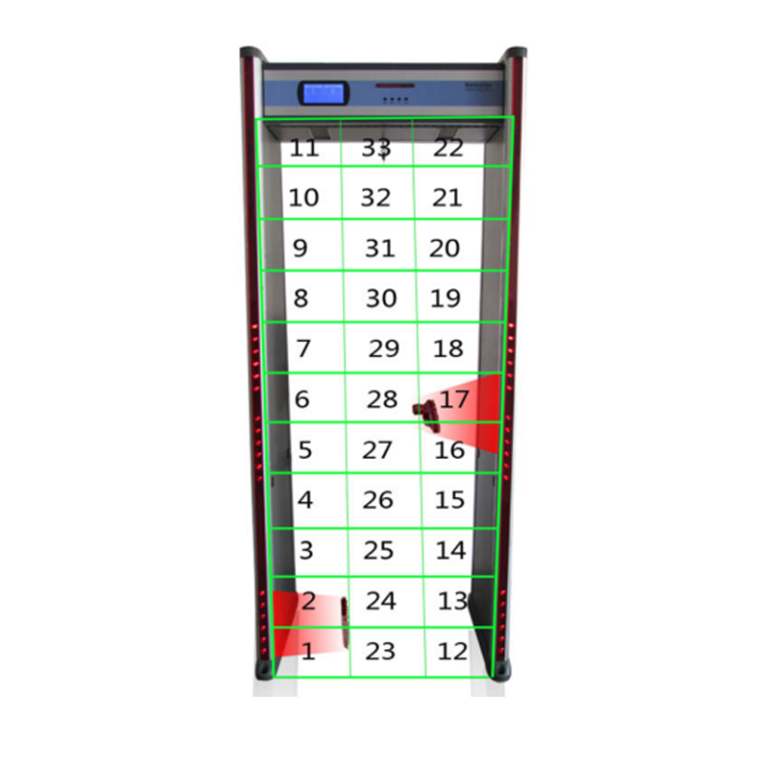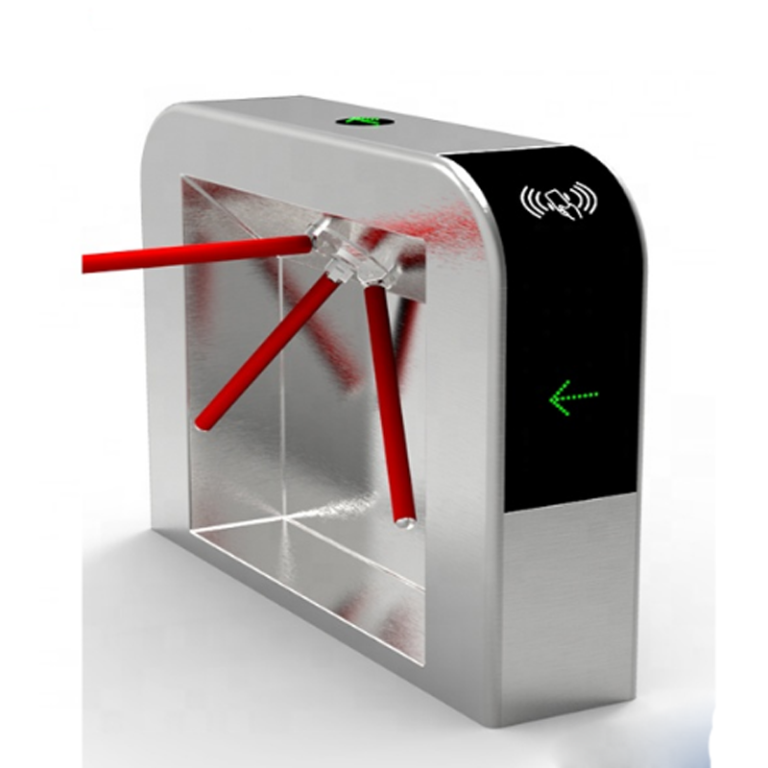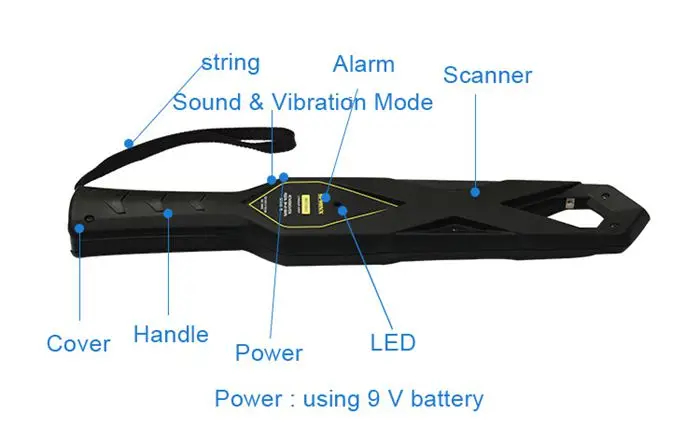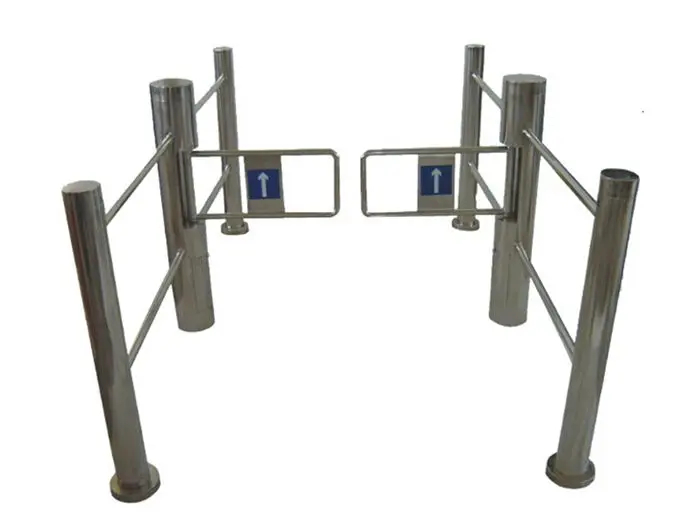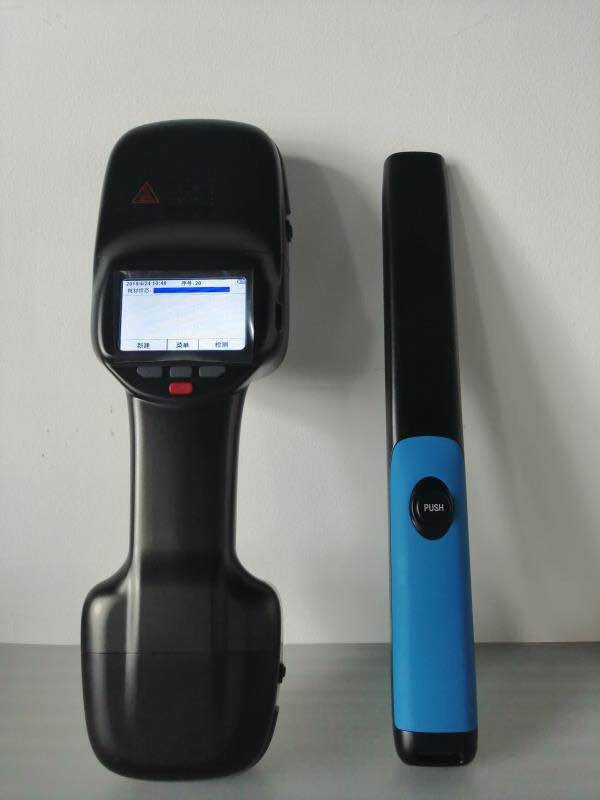Unveiling the Secrets: The Science Behind Industrial Metal Detectors
Industrial metal detectors are ubiquitous in various industries, from food processing to mining, and play a crucial role in maintaining safety and quality standards. These devices, often taken for granted, are the result of years of scientific and technological advancements. This article aims to unveil the secrets behind the science of industrial metal detectors, providing a deeper understanding of their operation and importance.
Industrial metal detectors operate based on the principles of electromagnetism. The fundamental concept is that when an electric current passes through a coil, it generates a magnetic field. In the context of a metal detector, this coil is typically located in the device’s search head. When the magnetic field comes into contact with a metallic object, it induces an electric current in the metal. This induced current, in turn, generates its own magnetic field, which the detector senses and signals as the presence of metal.
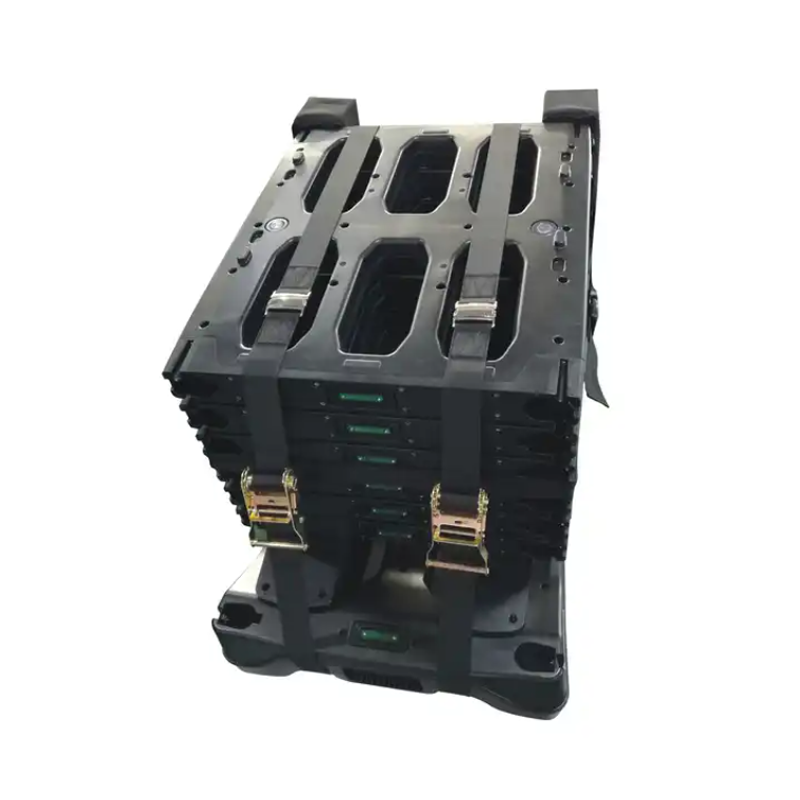
The process begins with the transmitter coil, which is powered by the detector’s control box. The coil generates a magnetic field that extends outward, penetrating the material being scanned. If a metallic object is present, it disrupts this magnetic field, causing a change in the field’s behavior. This change is detected by a second coil, known as the receiver coil. The receiver coil sends a signal to the control box, which processes the information and triggers an alarm or other response.
The sensitivity and effectiveness of an industrial metal detector depend on several factors. The size and type of metal being detected are significant considerations. Larger objects and those made of highly conductive metals, such as copper or silver, are easier to detect than smaller objects or those made of less conductive materials, like iron or nickel. The orientation of the metal object can also affect detection. An object aligned with the magnetic field is easier to detect than one positioned at an angle to the field.
The operating frequency of the detector is another crucial factor. Lower frequencies are more effective at detecting larger, deeper objects, while higher frequencies are better suited to detecting smaller, shallower objects. The choice of frequency depends on the specific requirements of the application. For example, in the food industry, where small fragments of metal must be detected in products, high-frequency detectors are commonly used.
The environment in which the detector operates can also influence its performance. Factors such as temperature, humidity, and the presence of other magnetic or electrical fields can affect the detector’s sensitivity and accuracy. To mitigate these effects, modern detectors incorporate features such as automatic ground balancing and noise cancellation.
In conclusion, the science behind industrial metal detectors is a fascinating blend of physics and engineering. These devices, which rely on the principles of electromagnetism, are essential tools in many industries, helping to ensure product quality, safety, and compliance with regulations. Understanding the science behind these devices can provide valuable insights into their operation and potential applications, contributing to their effective and efficient use.

